The Independent's journalism is supported by our readers. When you purchase through links on our site, we may earn commission.
Art exhibitions in the UK: 17 must-see shows, from Rembrandt’s Light to Lucian Freud – The Self-portraits
From retrospectives of some of the world’s best painters to sculpture and photography, Roisin O'Connor picks out the best shows to see this autumn and winter

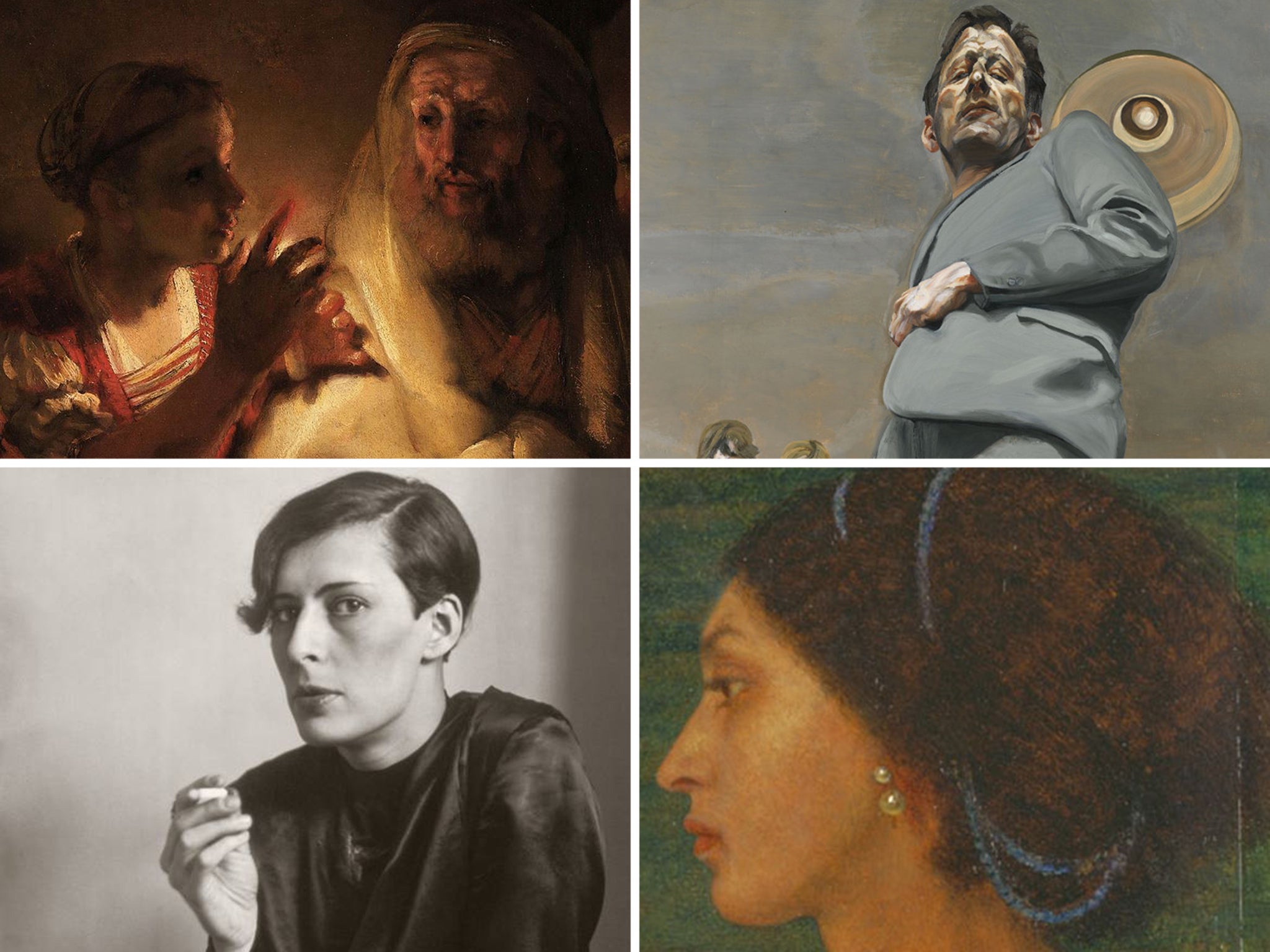
Your support helps us to tell the story
From reproductive rights to climate change to Big Tech, The Independent is on the ground when the story is developing. Whether it's investigating the financials of Elon Musk's pro-Trump PAC or producing our latest documentary, 'The A Word', which shines a light on the American women fighting for reproductive rights, we know how important it is to parse out the facts from the messaging.
At such a critical moment in US history, we need reporters on the ground. Your donation allows us to keep sending journalists to speak to both sides of the story.
The Independent is trusted by Americans across the entire political spectrum. And unlike many other quality news outlets, we choose not to lock Americans out of our reporting and analysis with paywalls. We believe quality journalism should be available to everyone, paid for by those who can afford it.
Your support makes all the difference.There are a number of fantastic art exhibitions taking place around the UK and Ireland this winter, from major retrospectives of artists such as Bridget Riley, William Blake and Lucian Freud, to a display of objects linked to the ancient Greek city of Troy.
At the Royal Academy in London, sculptor Antony Gormley is hosting what is being regarded as his most ambitious exhibition in a decade. In November, Chichester’s Pallant House launches a series of exhibitions, including a close analysis of the relationship between Henry Moore and his patron, Walter Hussey.
At the same gallery, visitors will have the chance to see Jann Haworth’s 28ft mural Work in Progress. The fascinating Radical Women: Jessica Dismorr and her Contemporaries, meanwhile, explores how the artist and her peers engaged with literature and radical politics through art.
For the first time, Lucian Freud’s self-portraits have been arranged together in a career-spanning exhibit at the Royal Academy; the women of the Pre-Raphaelite movement are finally getting their dues at the National Portrait Gallery, and another often overlooked member, Simeon Solomon, is being honoured with an exhibition in Liverpool.
See below for information on all of this and more.
Radical Women: Jessica Dismorr and her Contemporaries – Pallant House Gallery, Chichester (2 November 2019 – 23 February 2020)
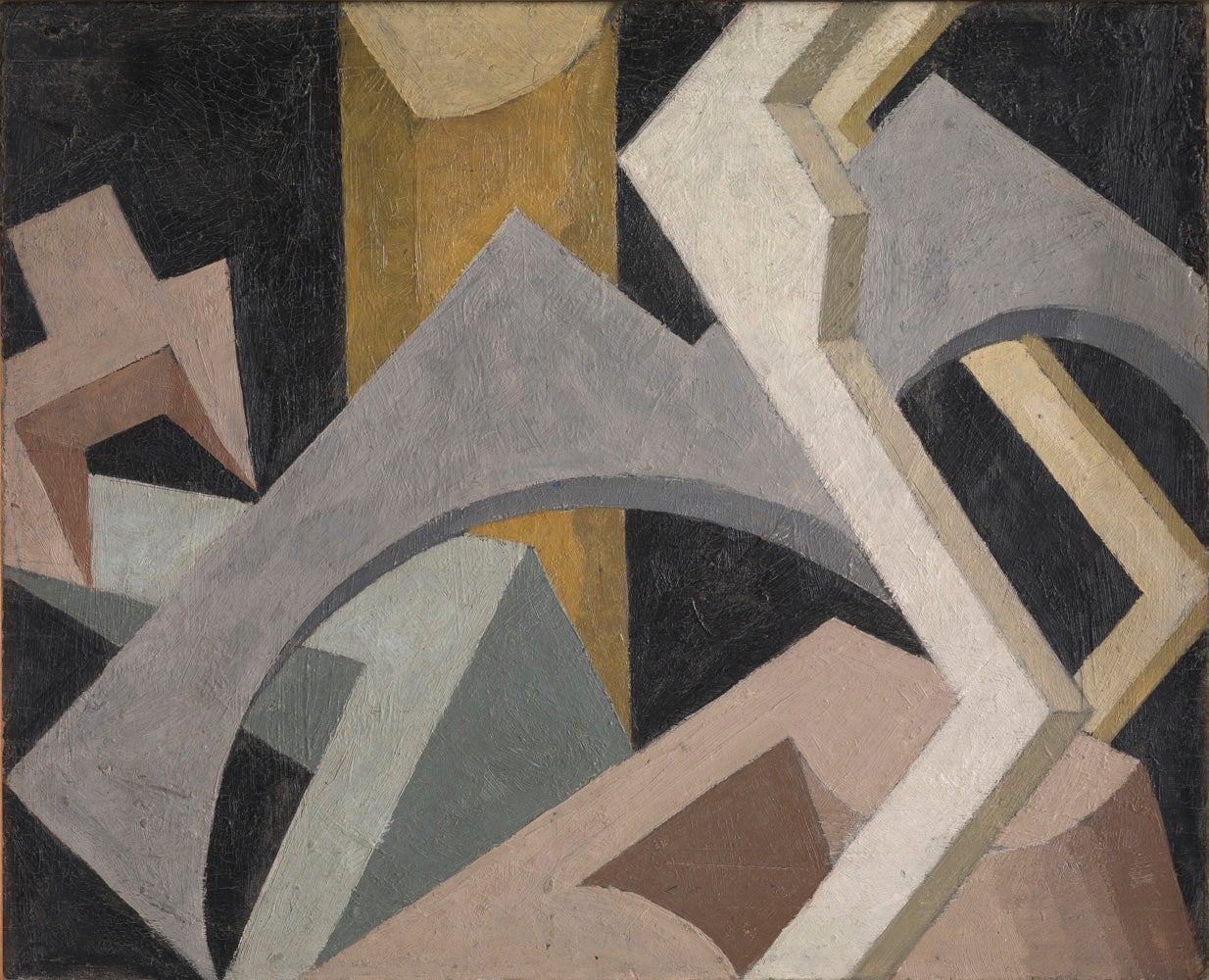
Born on 3 March 1885, Jessica Dismorr was one of the few English painters of the Thirties to work in an entirely abstract manner. She was the only female contributor to Group X, a short-lived British art movement launched in the years after the First World War, and one of just seven British women at DOOD (de Olympiade onder Dictatuur) Amsterdam in 1936, an exhibition set up to counter Joseph Goebbels’ Nazi Art Olympiad. She pursued her work despite debilitating periods of mental illness, but ultimately took her own life in August 1939.
This exhibition, curated by Alicia Foster, comprises 80 works – including paintings, sculptures, graphic art and archive materials by Dismorr and her fellow Rhythmists, Anne Estelle Rice and Ethel Wright. There are also works by Helen Saunders, Paule Vezelay, Sophie Fedorovitch and Winifred Nicholson.
“Continuing our mission to champion overlooked modern British artists,” explains Pallant House curator Louise Weller, “Radical Women: Jessica Dismorr and her Contemporaries explores what it means to be radical, and how female artists in the early 20th century engaged with the politics and modernist literature of their time.”
More information here.
Jann Haworth: Close Up – Pallant House Gallery, Chichester (2 November 2019 – 23 February 2020)
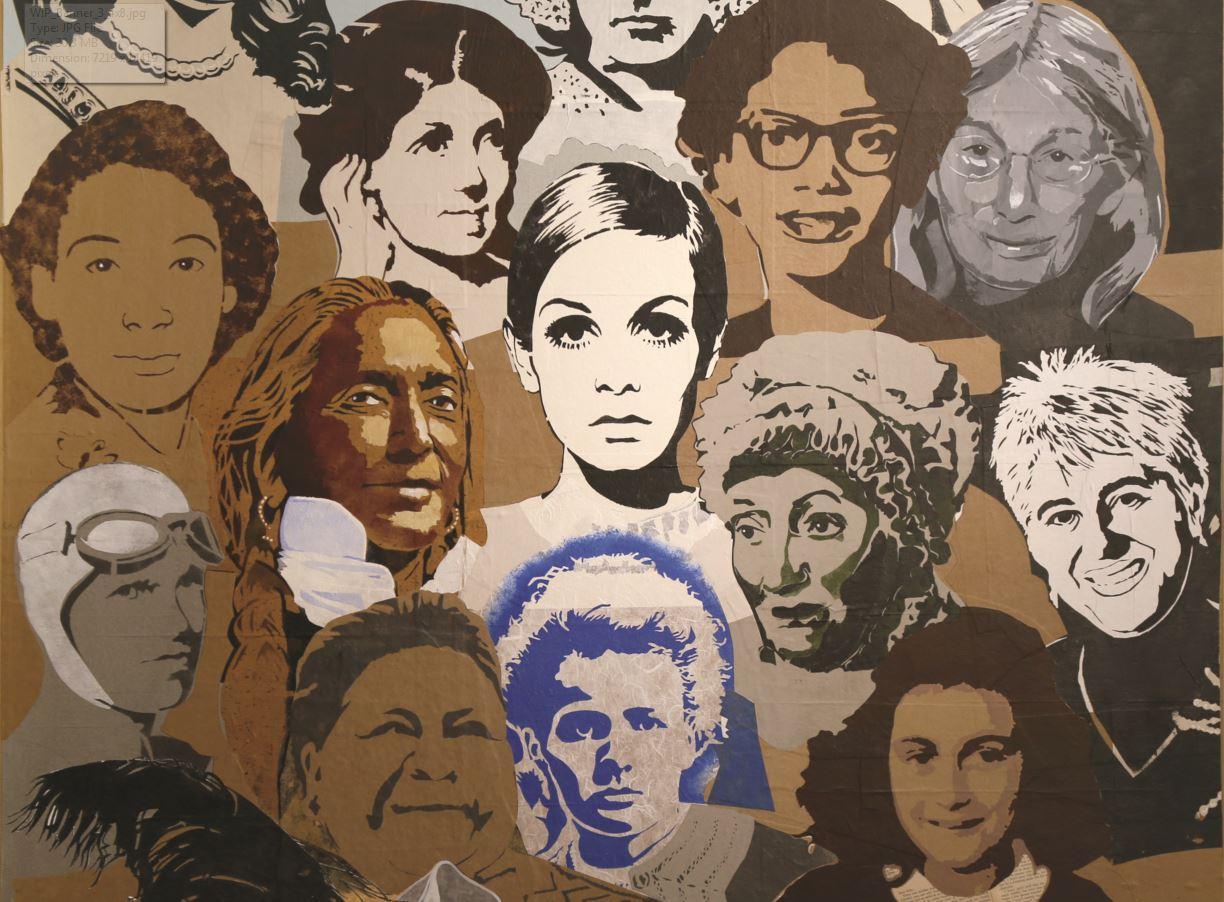
This is the very first opportunity to witness a 2016 work by American Pop artist Jann Haworth at a UK gallery. Her Work in Progress, a 28ft mural, is the result of a major community project and celebrates women who served as catalysts for radical change in art, science and social activism (a total of 100 women, spanning 3,000 years). As well as the mural, you can see Haworth’s sculpture and wall-based works from the Sixties to the present day.
Work in Progress is an evolution of Haworth’s collaboration with her then-husband, Peter Blake, on the iconic artwork for Sgt Pepper’s Lonely Hearts Club Band. For this 2016 piece, Haworth and her daughter Liberty Blake organised a series of workshops in the US, where participants created stencil portraits of important women throughout history.
“This is the first time Jann Haworth and Liberty Blake’s mural has been exhibited in the UK,” Pallant House curator Louise Weller says. “It is the result of a collaborative community project celebrating the contributions women have made to cultural and social change. It continues to grow, taking on a different significance wherever it is shown and reflecting the changing political landscape, moving between a statement of celebration and protest.”
More information here.
Henry Moore: The Artist and his Patron – Pallant House, Chichester (30 October 2019 – 8 March 2020)
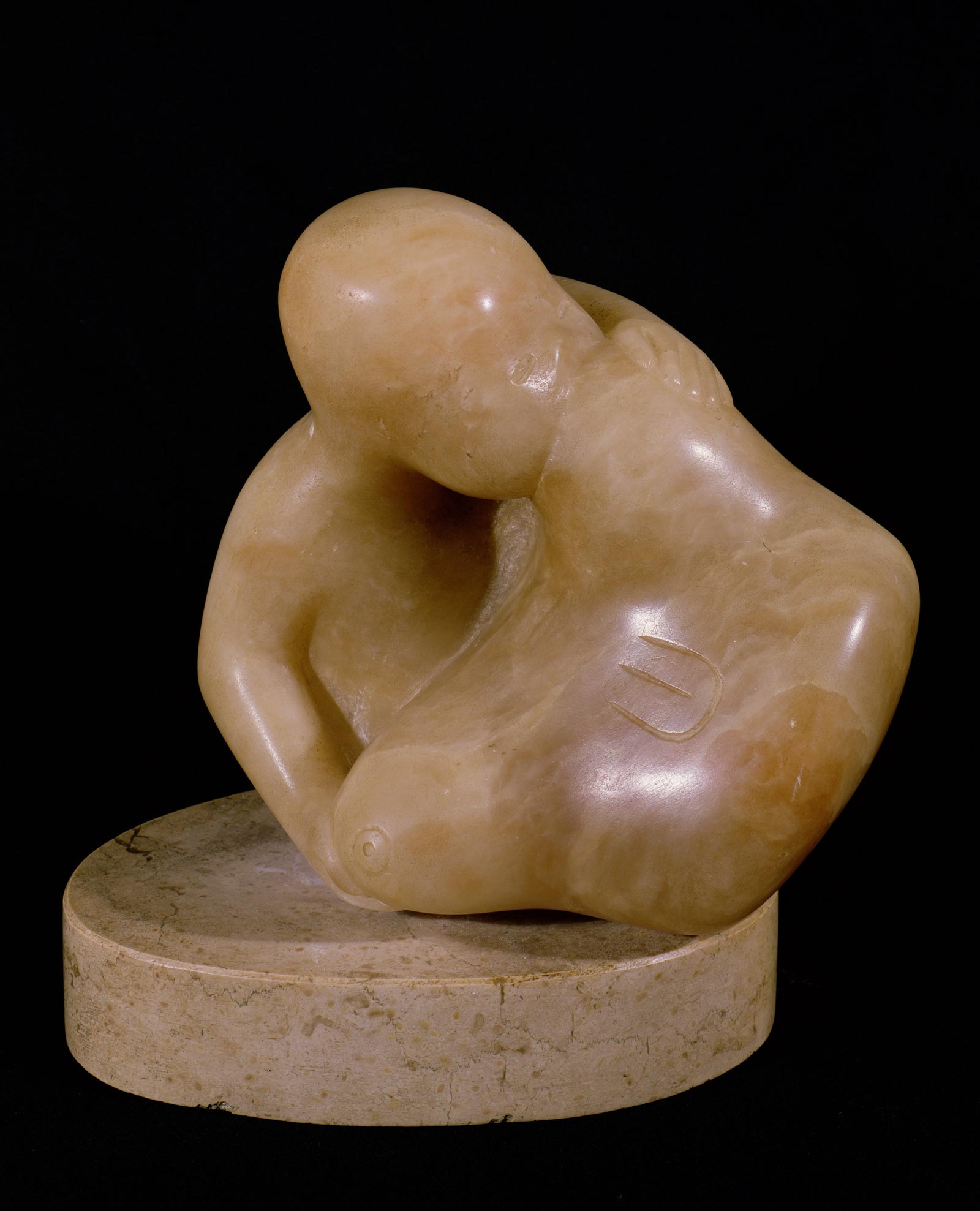
An exhibition of works bequeathed by collectors including Brenda Rawnsley and David Medd offers valuable insight into the patronage of Henry Moore by Walter Hussey, who staunchly ignored criticism from traditionalists who dismissed Moore’s radical works. Key moments in Moore’s career are captured here, from his wartime shelter sketches to his Surrealist drawings and Forties lithographs.
“Pallant House was founded thanks to the generosity of Walter Hussey, the former Dean of Chichester Cathedral, who bequeathed his exceptional collection of art to us in 1985,” says curator Louise Weller. “This one-room exhibition is a unique opportunity for us to explore the relationship between this remarkable patron of 20th century British art and one of Britain’s greatest sculptors.”
More information here.
Sopho Chkhikvadze: Gazing – Compass Gallery, Glasgow (Until 1 November 2019)

The Georgian-born figurative artist Sopho Chkhikvadze’s works are on display at the Moscow Museum of Modern Art, the Museum Montanelli, Prague, and in numerous public and private collections throughout Europe and the UK.
“Sopho is a fine narrator,” the Compass Gallery says of her work. “Each of her paintings has a particular view of everyday life and humanity, which takes as its starting point the experience of the human subject. She invites us to gaze at her enigmatic portrayals of figures in everyday situations, somewhat like looking into a personal photograph album – like a snapshot from a camera.”
More information here.
Antony Gormley – Royal Academy, London (Until 3 December 2019)

Antony Gormley’s iron casts of his own body are recognised around the world. They gaze, expressionless, out to sea on beaches in Kent and Crosby, and were displayed on rooftops during his show at the Hayward Gallery in 2007. Now they fill the exhibition halls at the Royal Academy, standing upright and projecting out from the walls and the ceiling.
The best-known British sculptor working today, Gormley follows in the footsteps of Ai Weiwei and Anselm Kiefer to take over the academy’s main galleries. A series of pieces from his 45-year career are arranged alongside major new installations using organic, industrial and elemental materials, which were created for the Royal Academy. The exhibition, which is being hailed as his most ambitious exhibit in more than a decade, continues Gormley’s exploration of the notion of infinite space – a visceral challenge to our perception of physics.
More information here.
Simeon Solomon – Walker Art Gallery, Liverpool (End date TBC)

Born into a wealthy Jewish family in London, Simeon Solomon became involved with the Pre-Raphaelite circle after an introduction by Dante Gabriel Rossetti and held his first exhibition at the Royal Academy in 1858. His talent, good looks and charm helped him gain acceptance in the upper echelons of artistic circles with his sensuous but provocative paintings inspired by religious iconography.
By all accounts, he should have enjoyed a long and lucrative career. But it was not to be – he was arrested after being caught with a man in a public toilet, and suffered an unjust fall from grace. All but a few of his friends abandoned him, and his career was ruined. Today, a number of exhibitions, including Britain’s first queer art show at Tate Britain in 2017, have made efforts to celebrate his work. Two of his most famous paintings are on display at the Walker Art Gallery in Liverpool: Mystery of Faith (1870) and Girl at a Fountain (1865).
More information here.
Gauguin Portraits – National Gallery, London (Until 26 January 2020)
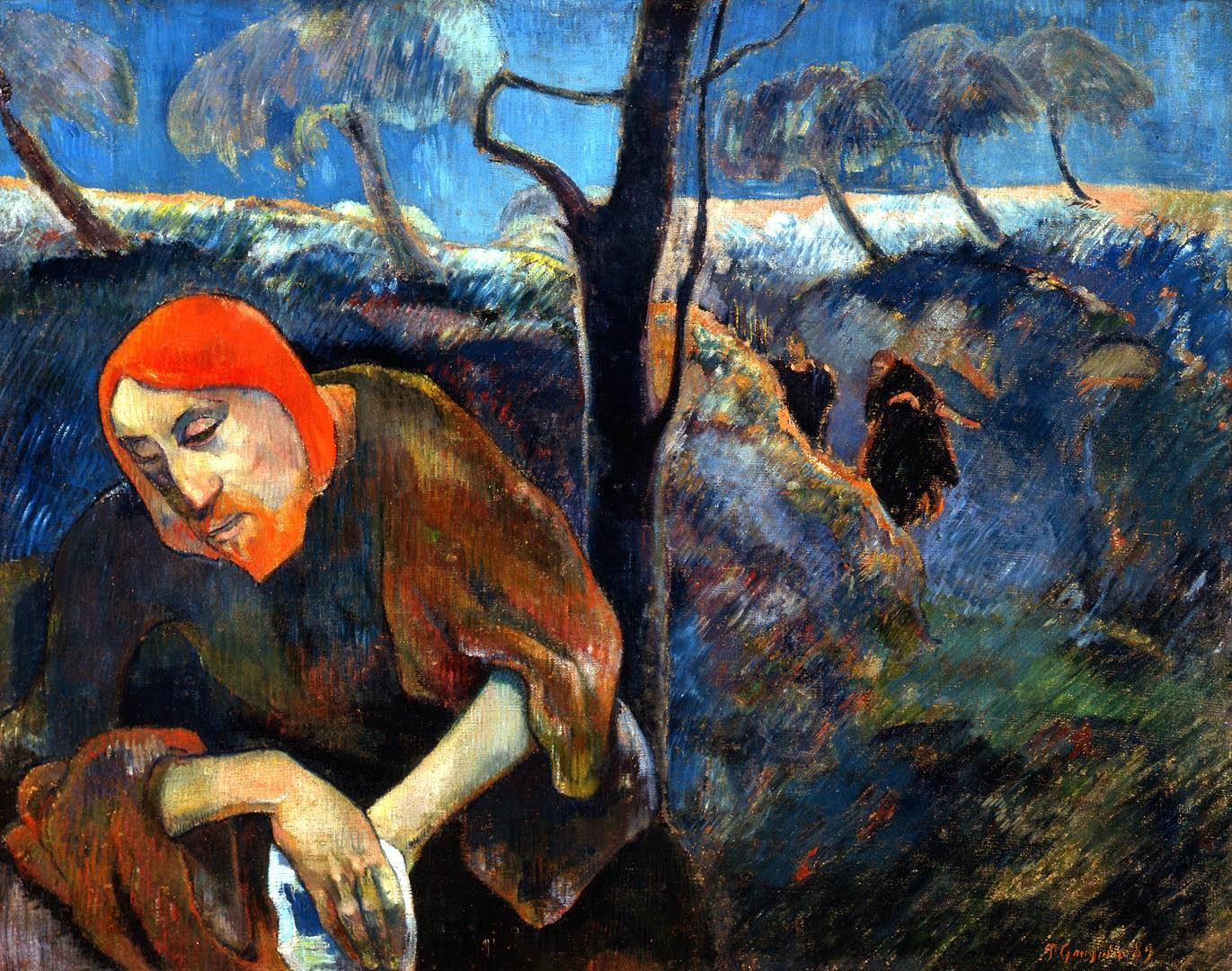
The first-ever exhibition devoted to the portraits of Paul Gauguin spans his early years as an artist to the time he spent in French Polynesia.
“By adding carefully selected attributes or placing the sitter into a suggestive context, Gauguin was able to make portraits that expressed meaning beyond their personalities,” the National Gallery explains. “A group of self-portraits, for example, reveals how Gauguin created a range of personifications including his self-image as Christ in the Garden of Olives.”
About 50 works are featured, including paintings, sketches, and multi-media objects from public and private collections around the world.
More information here.
Bridget Riley – Hayward Gallery, London (Until 26 January 2020)

The Hayward Gallery is presenting a major retrospective dedicated to the work of one of the most influential exponents of “Op art” (“op” being short for optical). Alongside many of her best-known canvases, such as the eye-popping High Sky, there are rarely seen portrait drawings and studies of friends made in the Eighties. Visitors will also be able to witness the works that link her later abstract paintings and early figurative works, such as Pink Landscape, which applied the techniques Riley acquired by studying French Impressionist painter Georges Seurat. Often overwhelming but always brilliant, Riley’s works demand your attention whether at close quarters or standing from a distance.
More information here.
Pre-Raphaelite Sisters – National Portrait Gallery, London (Until 26 January 2020)
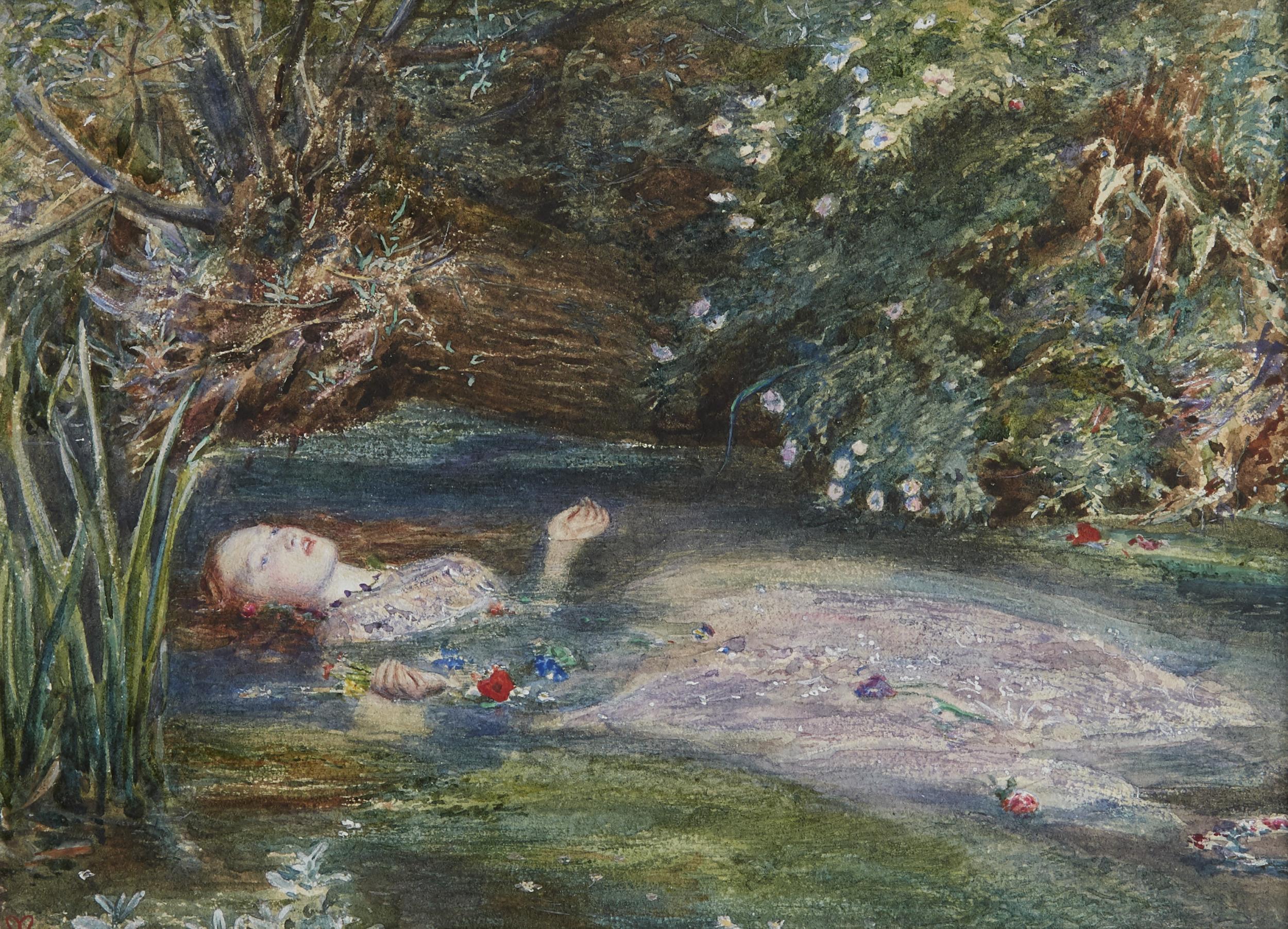
A new exhibition at the National Portrait Gallery shines a light on the oft-overlooked women of the Pre-Raphaelite movement, from Elizabeth Siddal to Fanny Cornforth. Collecting paintings, poetry, letters and other important pieces from the time, the exhibition’s curators reveal the women behind the pictures and the essential role they played in the successive Pre-Raphaelite phases between 1850 and 1900.
Some, such as Christina Rossetti, were literal sisters – she modelled for Dante Gabriel Rossetti in Ecce Ancilla Domini, while he illustrated her poem “Goblin Market”. Other stars of the exhibit were wives, lovers, models and muses, or poets and artists in their own right – just as talented, but frequently omitted from history. Until now.
More information here.
Drawing on Nature: Taki Katei’s Japan – World Museum, Liverpool (Until 13 April 2020)
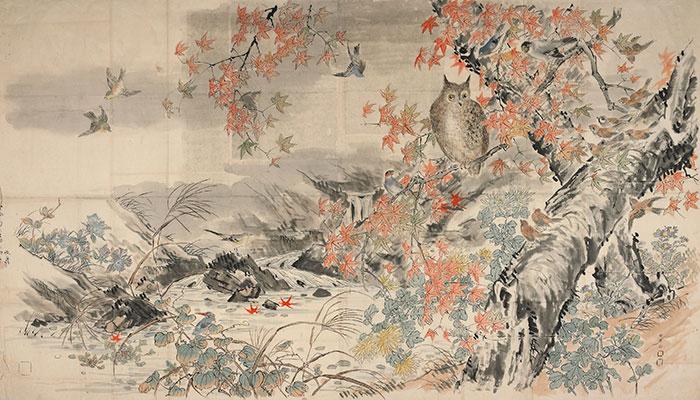
Once a celebrated artist, Taki Katei had his paintings displayed in Japan’s Imperial Court. After his death, however, the demand for his style fell out of fashion, and his work was slowly forgotten. The World Museum is now showing an astonishing collection of ink drawings and watercolours by the artist as well as telling the story of how his work travelled from Tokyo to Liverpool. The exhibition is split into five themes to help visitors examine the hidden meanings in his work.
More information here.
Lucian Freud: The Self-portraits – Royal Academy, London (Until 26 January 2020)
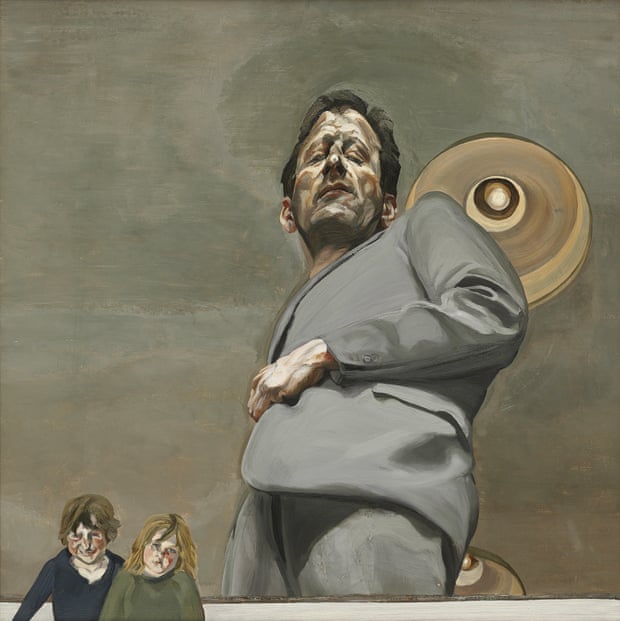
This is the first time that Freud’s self-portraits have been united in a single exhibition. More than 50 paintings, sketches and prints are currently on display at the Royal Academy, offering a fascinating insight into his development as a painter. The works span from his earliest portrait, completed in 1939, to his final one 64 years later, so visitors will be able to see the artist’s evolution from delicate lines and a more graphic style to the rugged, fleshier paintings of his later years. Due to high demand, visiting hours have been extended to 8pm every Saturday until 3 December. The exhibition is also open until 10pm on Fridays.
More information here.
On Refusal: Representation & Resistance in Contemporary American Art – The MAC, Belfast (Until 19 January 2020)
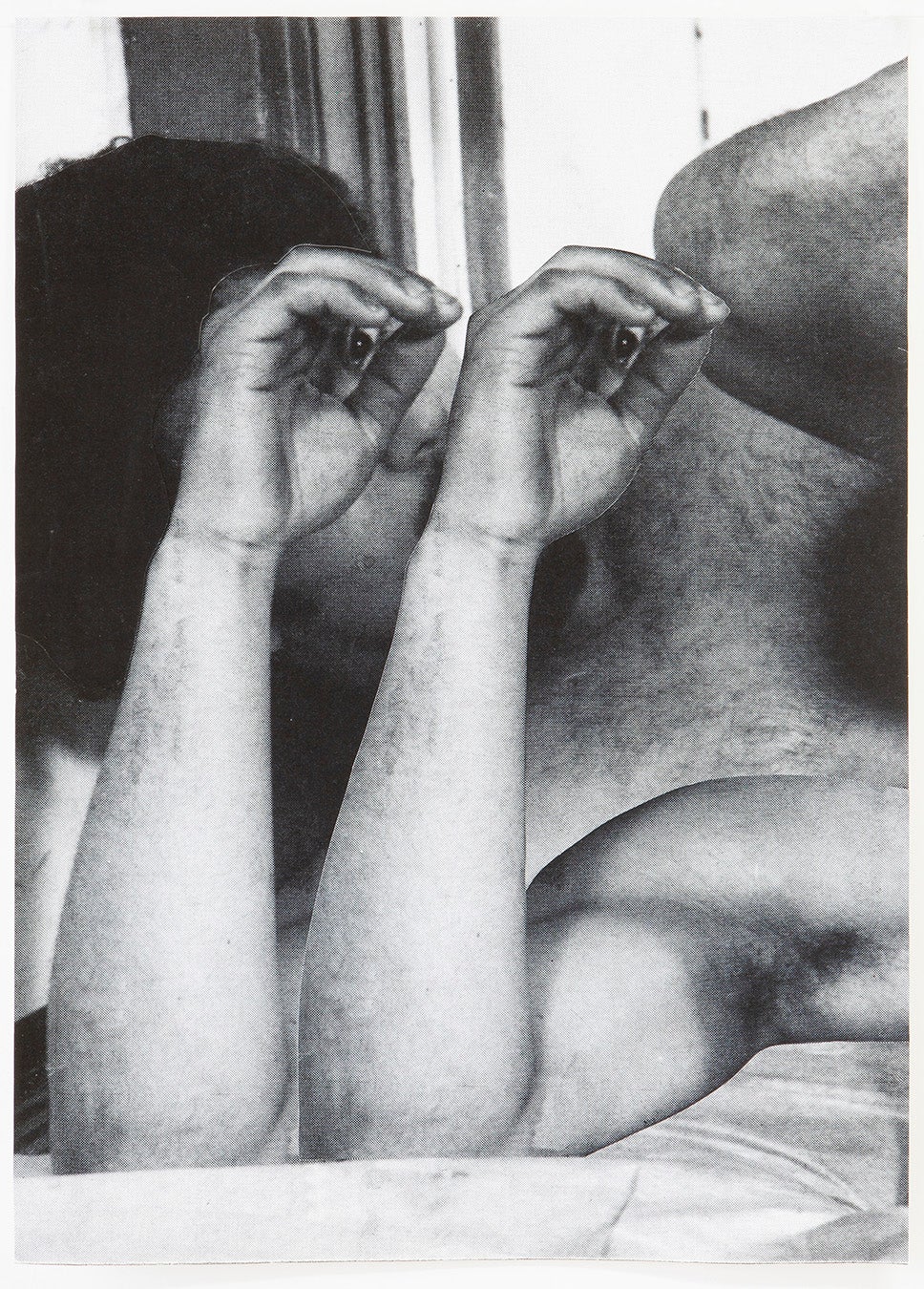
This group exhibition is taking place across all three of the MAC’s galleries, and looks at how a number of American artists explore themes of representation, refusal and resistance. It includes works by Elliott Jerome Brown Jr, Aria Dean, Paul Stephen Benjamin, Arcmanoro Niles and Sable Elyse Smith. Amid the tumultuous political and social landscape of the US and the UK, and renewed debates surrounding border politics in Northern Ireland, these works will speak to systems of oppression and institutionalised violence.
More information here.
Derek Jarman Protest! – IMMA, Dublin (15 November until 23 February 2020), and then at Manchester Art Gallery (2 April 2020 – 31 August 2020)
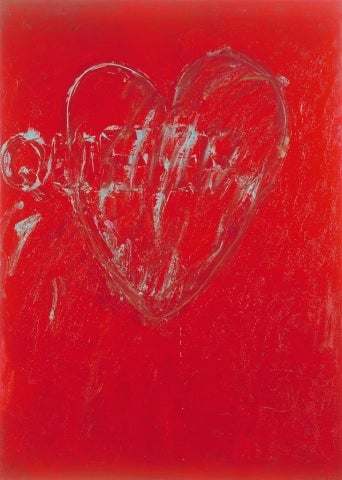
This major retrospective, which marks 25 years since Jarman’s death, is based on the eclectic works of one of the most influential figures in 20th-century British culture. A painter, filmmaker, writer, set-designer, gardener and political activist, Jarman engaged fiercely with art and society. The exhibit comprises major works from the Sixties to the Nineties, many of which have never been seen in public before. Included is a series of large canvases he produced in the Nineties, which used tabloid newspaper headlines that spread panic and disinformation about Aids (Jarman was diagnosed as HIV-positive in 1986).
More information here.
Rembrandt’s Light – Dulwich Picture Gallery, London (Until 2 February)
The design and lighting of Rembrandt’s Light exhibition has been specially tailored to immerse audiences in his work and offer a new way of looking at one of the greatest artists who ever lived. It marks 350 years since his death with 35 paintings, etchings and drawings, including major loans from the Louvre and Amsterdam’s Rijksmuseum. There’s a particular focus on Rembrandt’s output between 1639-1658, when he lived in Breestraat, Amsterdam. Highlights include Philemon and Baucis, which is shown in the UK for the first time, as well as three of Rembrandt’s most famous paintings of women: A Woman Bathing in a Stream, A Woman in Bed and Girl at a Window.
More information here.
William Blake – Tate Britain, London (Until 2 February 2020)
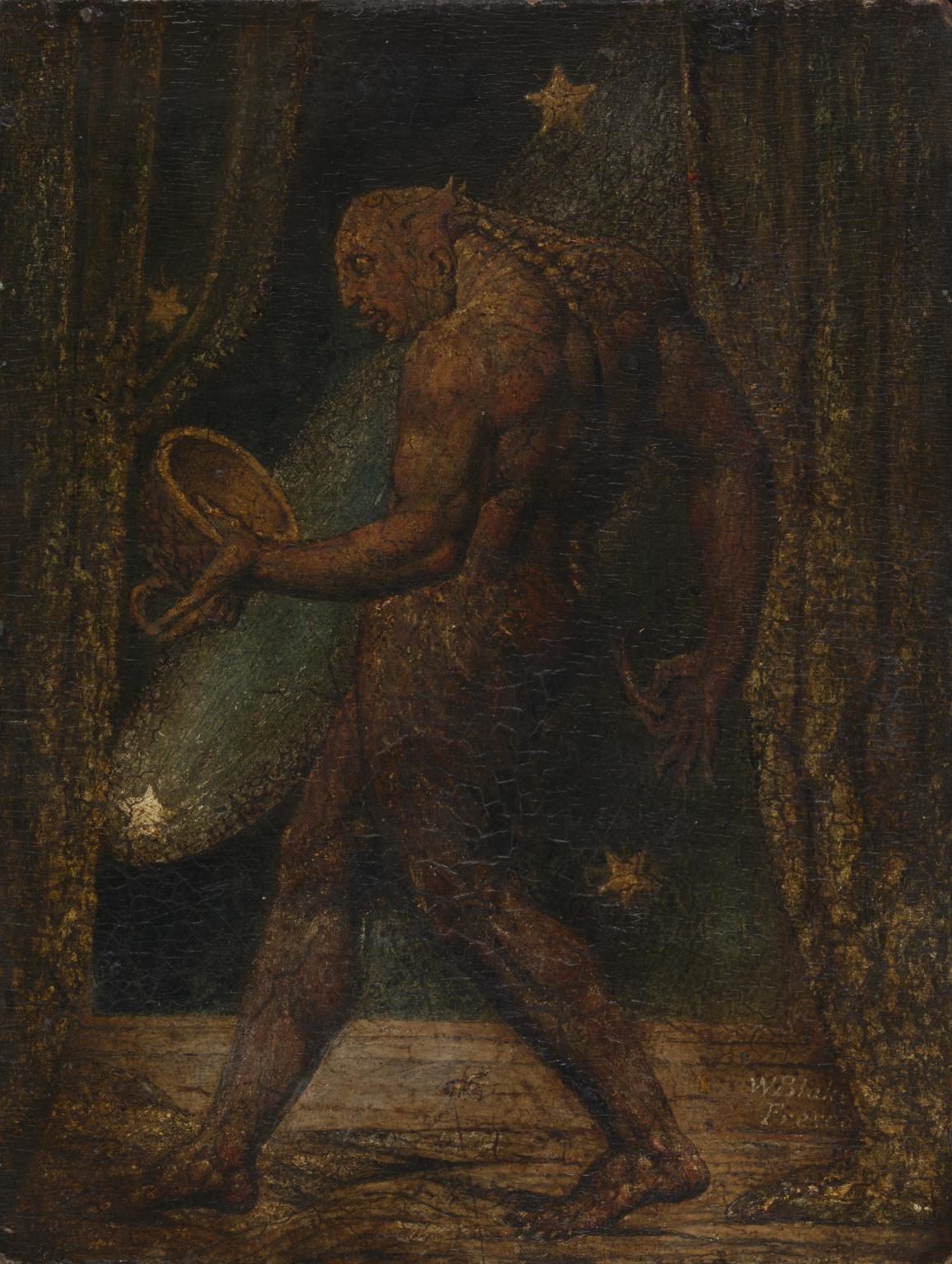
More than 300 works will form the largest Blake exhibition in almost 20 years, and reposition him as a visual artist for the 21st century. As famous for his paintings and prints as he is for his poetry, Blake has created some of the most iconic images in British art history. The exhibition shows his work as he intended it to be experienced, in the form of vast frescos projected on to the walls of the gallery. Highlights include Newton, The Ghost of a Flea, and a section dedicated to his illuminated texts, such as Songs of Innocence and of Experience.
More information here.
Artist Room: August Sander – National Museum Wales, Cardiff (Until 1 March 2020)
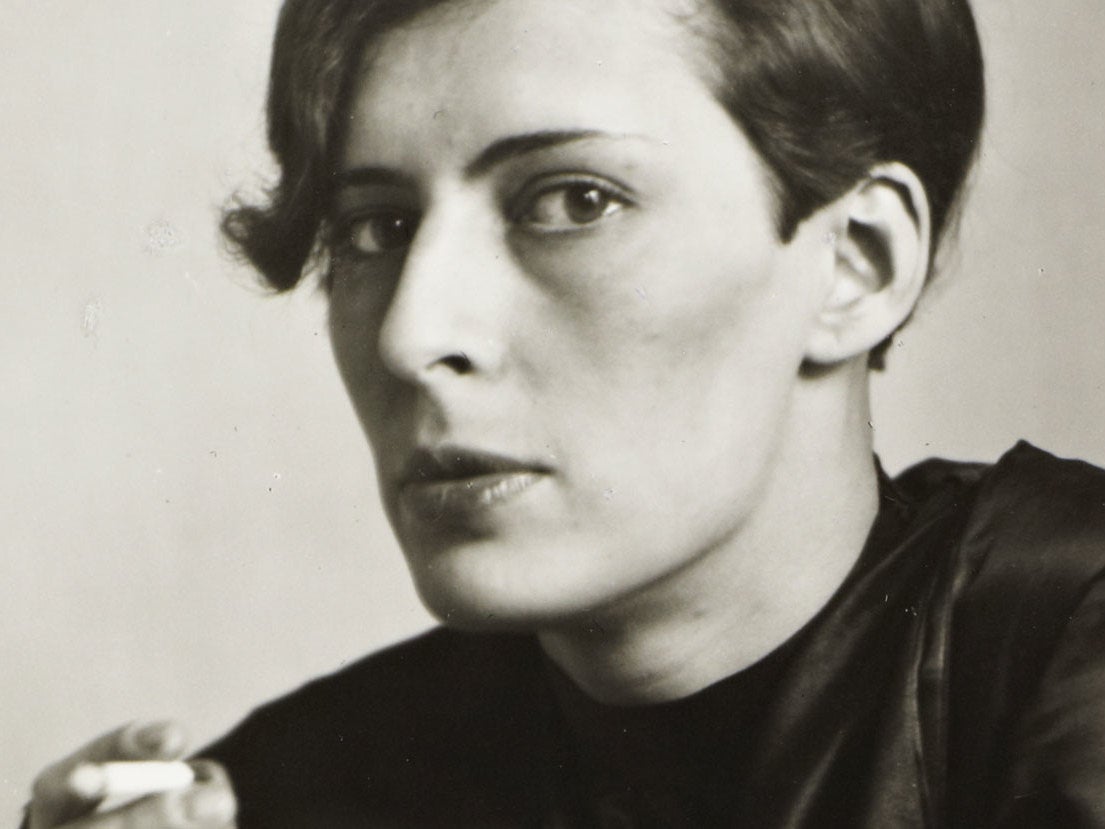
Regarded as the most important German photographer of the early 20th century, August Sander celebrated the importance of the individual with his portraits. More than anything, he wanted to represent the breadth and variety in German society, by photographing farmers, secretaries, policemen and politicians. This exhibition at the National Museum Wales in Cardiff includes more than 170 modern prints produced from the original plates by Sander’s grandson, Gerd Sander.
More information here.
Troy: Myth and Reality – British Museum, London (21 November 2019 until 8 March 2020)
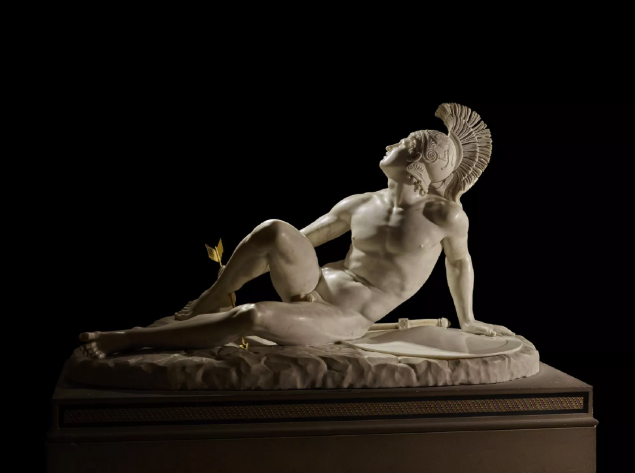
One hundred and fifty years ago, the British Museum turned down German millionaire-archaeologist Heinrich Schliemann’s offer to exhibit his findings from Hisarlik in northwestern Turkey, claiming a lack of space. Remarkably, this is still the first time a major exhibition on Troy has taken place in Britain. It features 300 objects dating from the Bronze Age to the present day, and investigates how the heroes, heartbroken, women and wanderers said to have played a part in the Trojan War continue to inspire retellings.
More information here.
Join our commenting forum
Join thought-provoking conversations, follow other Independent readers and see their replies
Comments